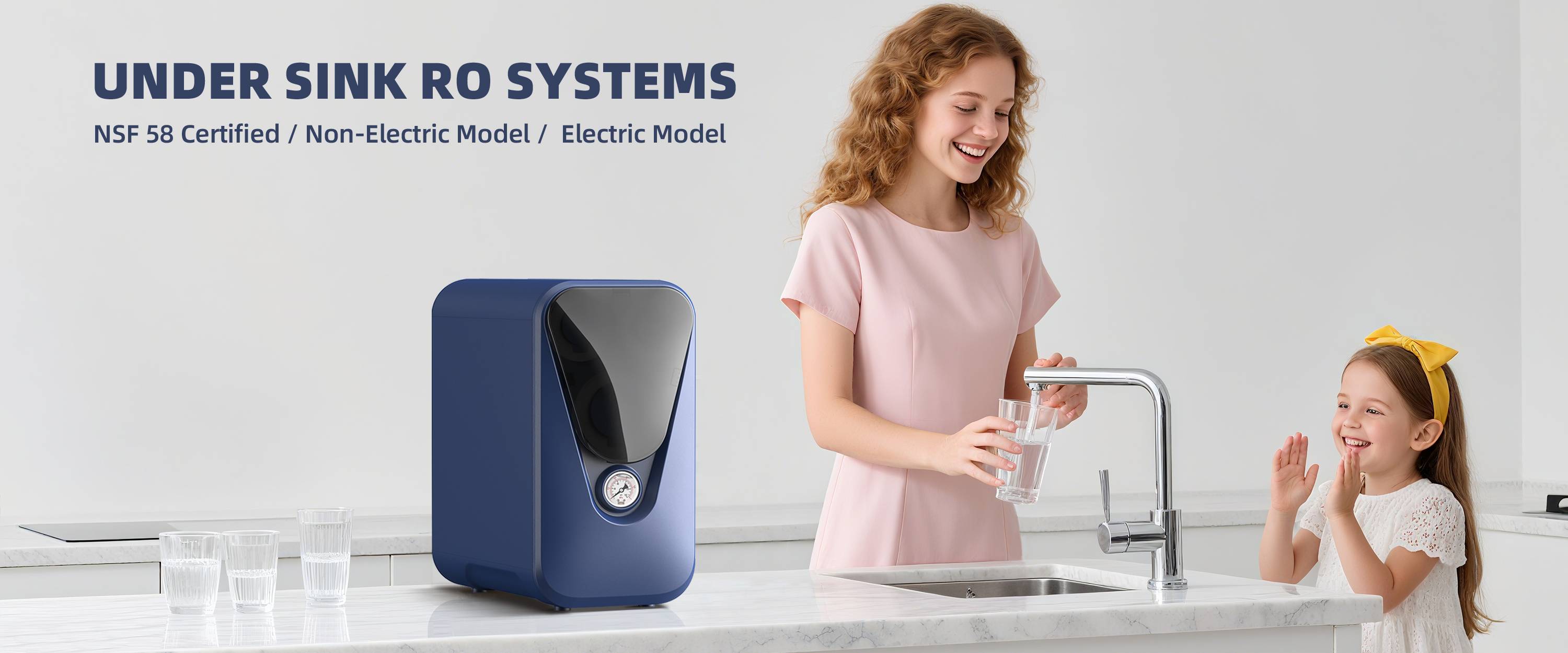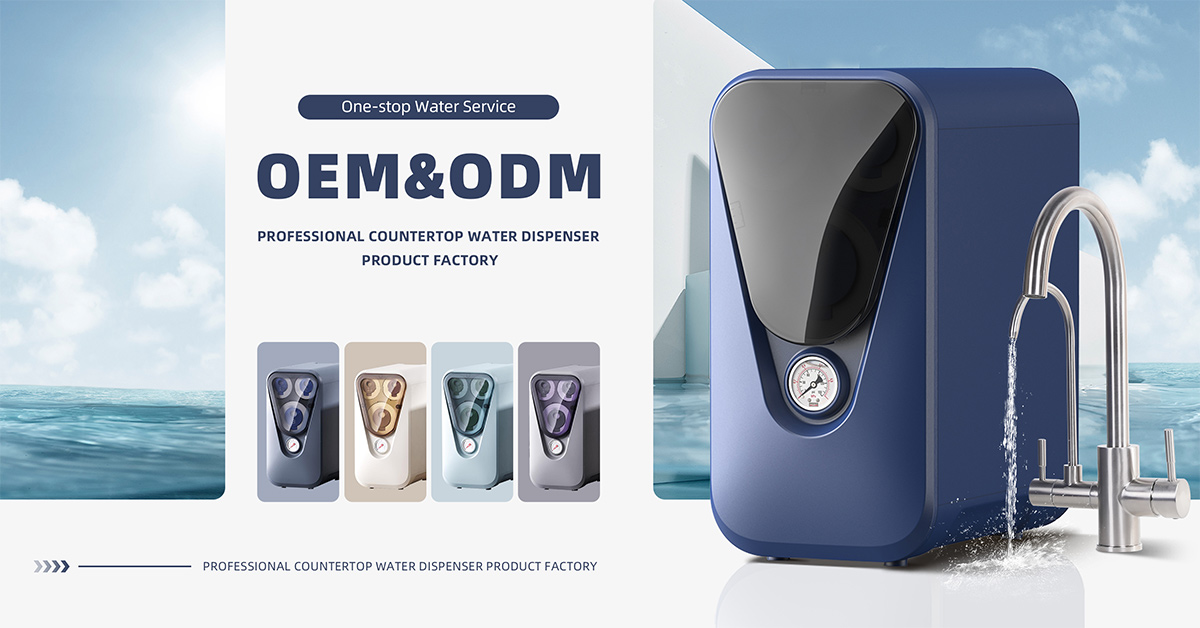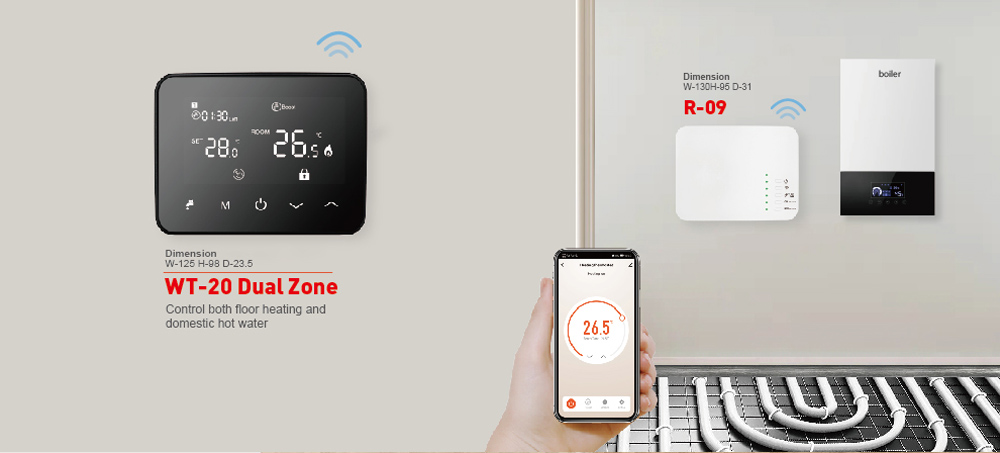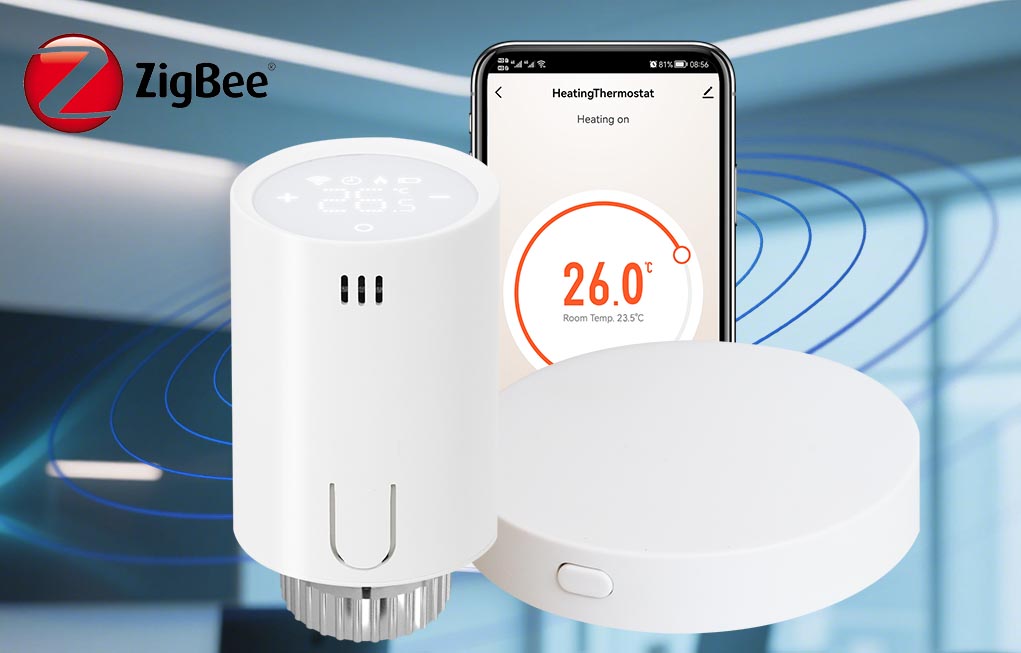Countertop Water Purifiers A Strategic Opportunity for B2B Distributors in 2025
As global concerns over water quality intensify, the demand for reliable, compact, and efficient water purification solutions is on the rise. Desktop water purifiers have emerged as a pivotal product category, offering both convenience and advanced technology. For B2B distributors, this presents a significant opportunity to meet the growing needs of various sectors.
Market Overview: Robust Growth Trajectory
The countertop water purifier market is experiencing substantial growth. In 2023, the global market was valued at approximately $15 billion and is projected to reach $15.03 billion by 2030, growing at a CAGR of 5.3% . This growth is driven by increasing health consciousness, urbanization, and the need for accessible clean drinking water.
Key Drivers for B2B Adoption
1. Health and Safety Concerns
Businesses are prioritizing the health of employees and customers. With rising awareness of waterborne diseases, sectors such as hospitality, healthcare, and education are investing in NSF Certified Countertop Water Filter to ensure safety and compliance with health standards .
2. Technological Advancements
Modern desktop purifiers incorporate advanced technologies like reverse osmosis (RO), ultraviolet (UV) sterilization, and multi-stage filtration. These features enhance water quality and offer user-friendly interfaces, making them attractive to commercial establishments .
3. Sustainability and Environmental Impact
Eco-friendly solutions are becoming a priority. Desktop purifiers reduce reliance on single-use plastic bottles, aligning with global sustainability goals. Businesses are adopting these systems to minimize their environmental footprint and appeal to environmentally conscious consumers .
4. Space Efficiency and Convenience
The compact design of desktop purifiers makes them ideal for offices, restaurants, and other commercial spaces where space is at a premium. Their ease of installation and maintenance further adds to their appeal in B2B settings.
Regional Insights: Asia-Pacific Leading the Charge
The Asia-Pacific region is the fastest-growing market for desktop water purifiers, accounting for 34% of global revenue in 2023 . Rapid urbanization, industrialization, and increasing awareness of water quality issues are fueling demand in countries like China and India.
Opportunities for B2B Distributors
·Diverse Product Offerings: Catering to various industries by offering models with specific features such as hot/cold water options, smart connectivity, and energy efficiency.
·After-Sales Services: Providing maintenance and support services to build long-term relationships with clients.
·Customization: Offering tailored solutions to meet the unique needs of different sectors, enhancing customer satisfaction and loyalty.
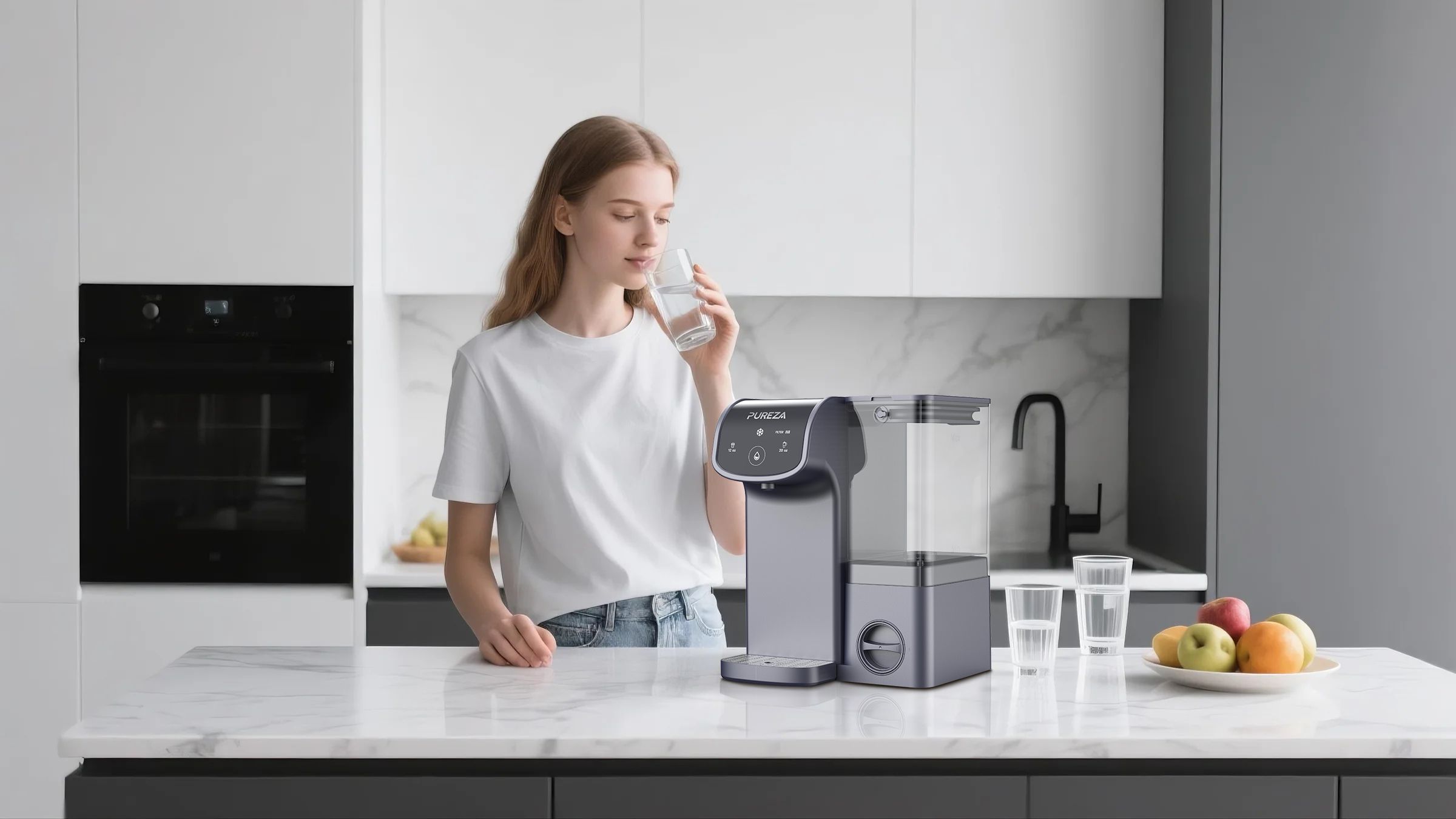
The desktop water purifier market presents a lucrative opportunity for B2B distributors. By partnering with a OEM Countertop Water Purifier Manufacturer (like PUREZA), B2B traders can tap into this high-margin segment with confidence.
